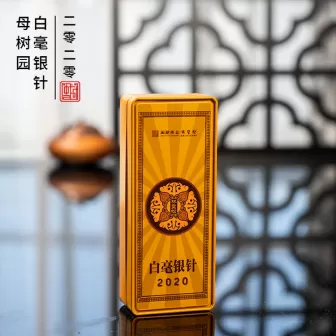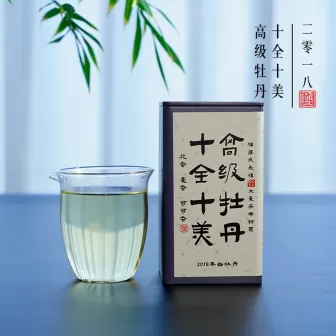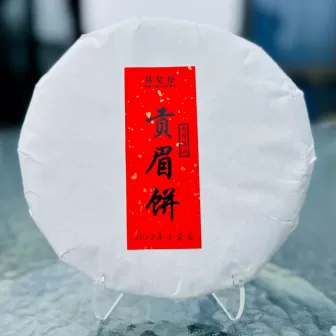How to Choose Quality White Tea in Autumn & Winter?

After autumn arrives, simmering a pot of aged white tea to warm up has become a daily routine for many tea lovers. In the white tea community, there’s a common saying: “Tea in the first year, medicine in the third, treasure in the seventh.” However, this holds true only if you choose high-quality tea. If you end up with inferior tea—thin, shrunken buds and a bitter taste—it won’t be a “treasure” at all; it will even ruin your drinking experience. In fact, identifying good white tea isn’t difficult. The key lies in understanding “category-specific characteristics” and “universal standards.” Today, we’ll help you sort out the essentials to easily select premium white tea.
1. Four Major Types of White Tea: Each Has Unique High-Quality Features
White tea is classified into four categories based on the grade of fresh leaves picked and their appearance: Silver Needle White Tea, White Peony White Tea, Gongmei White Tea, and Shoumei White Tea. Each category has clear “markers” of high quality. Recognizing these features will help you avoid most inferior products.
Silver Needle White Tea, known as the “Tea King” of white teas, is made exclusively from single buds and follows the “Ten No-Pick Rules.” These rules include no picking on rainy days, no picking when dew is still on leaves, and no picking thin, small buds. Good Silver Needle can be identified by its appearance. Those produced in Fuding have plump, full buds covered in silvery down, standing straight like needles; they are often called “beauties in tea.” Those from Zhenghe are slightly longer and slimmer with small stems, thinner down, and a gray-green hue, so they are known as “talented ladies in tea.” Even aged Silver Needle—after years of aging—turns yellowish-gray-green, but it still retains its down and needle-like shape without being messy or broken. First-picked Silver Needle often comes with a small “fish leaf,” which acts as a protective “shell” around the bud. Chen Shibin, a national first-level tea taster, once noted that fish leaves are a sign of first-picked Silver Needle, not a sign of mixed leaves. When brewed, Fuding Silver Needle yields a bright apricot-yellow liquor with a distinct down aroma and honey-like sweetness, fresh and mellow. Zhenghe Silver Needle, grown at high altitudes with a longer growth cycle, produces a pale yellow, clear liquor. It has a rich floral fragrance and a mellow, thick taste similar to rice soup, maintaining its smoothness even after 7 to 8 infusions.
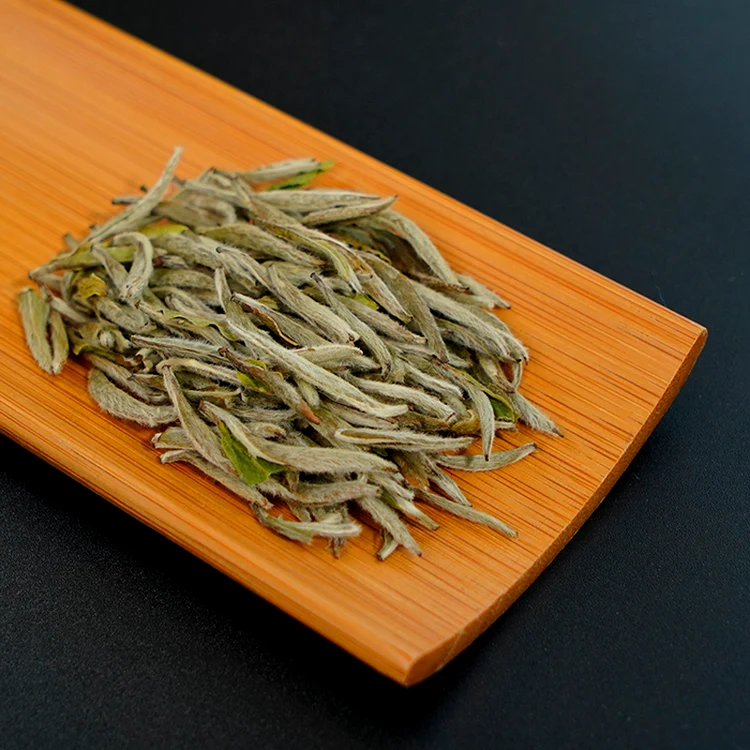
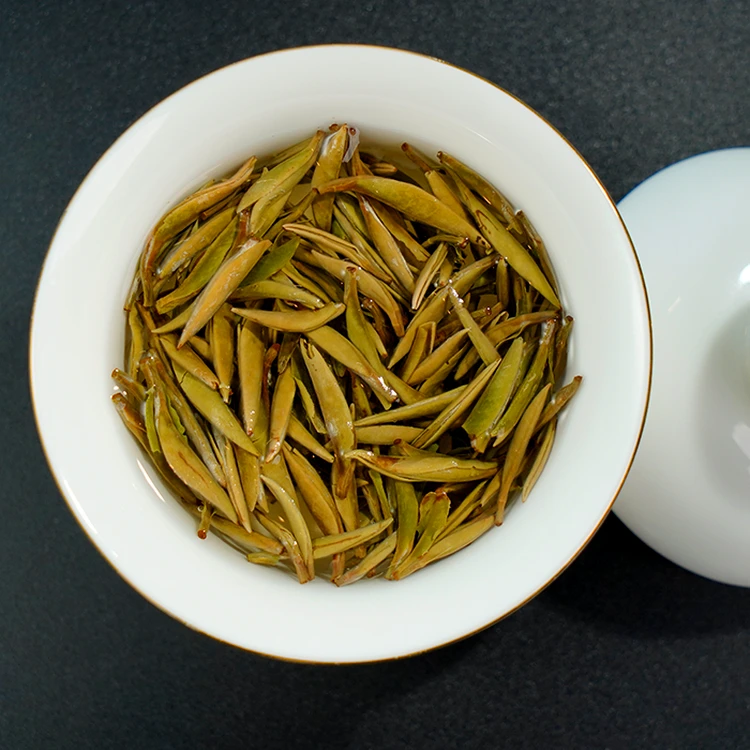
White Peony White Tea is made from one bud with one or two leaves. High-quality White Peony has connected buds and leaves with an open, natural shape. The downy buds are plump and silvery white, while the leaves are tender and gray-green. After aging, the downy buds turn off-white, and the overall color shifts to gray-brown or gray-green. If the leaves are thin, the buds are indistinct, and there is little down, it is not a premium product. When brewed, fresh White Peony has a bright apricot-yellow liquor. It tastes sweet and mellow, combining the freshness of Silver Needle with its own richness, and has a strong floral fragrance. After aging, the liquor becomes smoother and more intense.
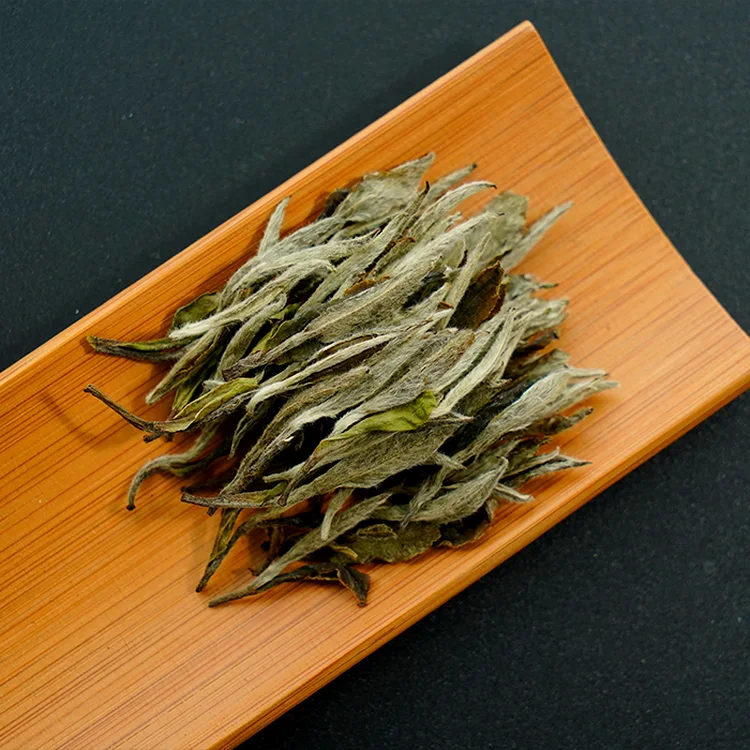
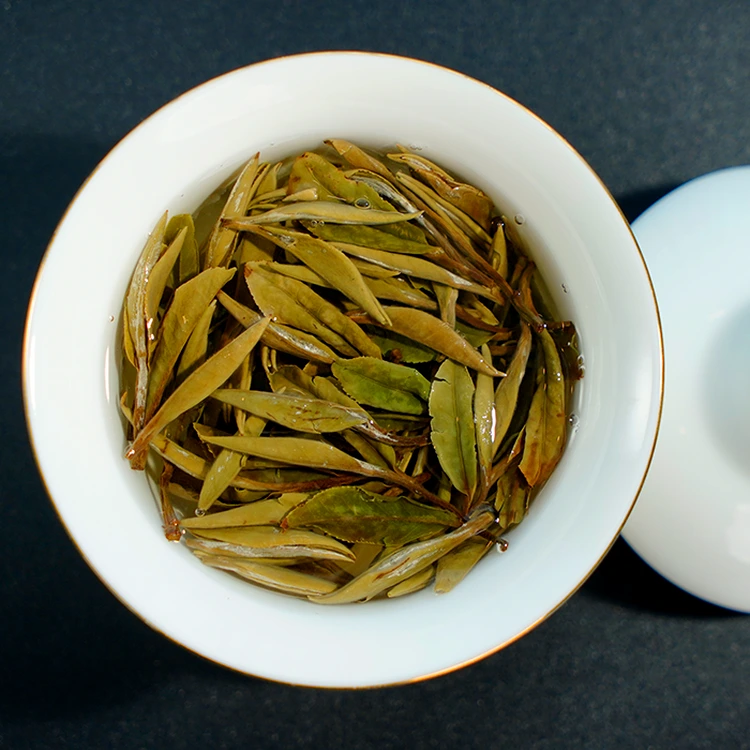
Gongmei White Tea is made exclusively from one bud with two or three leaves of “Xiaocai Tea,” a local traditional tea variety in Fujian. Due to the low yield of Xiaocai Tea, high-quality Gongmei is quite rare. Good Gongmei has slightly curled leaf edges, which look like shy crescent moons, along with silvery down and dark green or gray-green leaves. This unique color comes from chlorophyll degradation during withering, the formation of pheophytin after roasting, and mild oxidation of polyphenols. When brewed, it produces a pale yellow, clear liquor with a noticeable floral aroma and a sweet, mellow taste. After aging, the liquor becomes thicker and smoother with a prominent honey note and long-lasting aged fragrance.
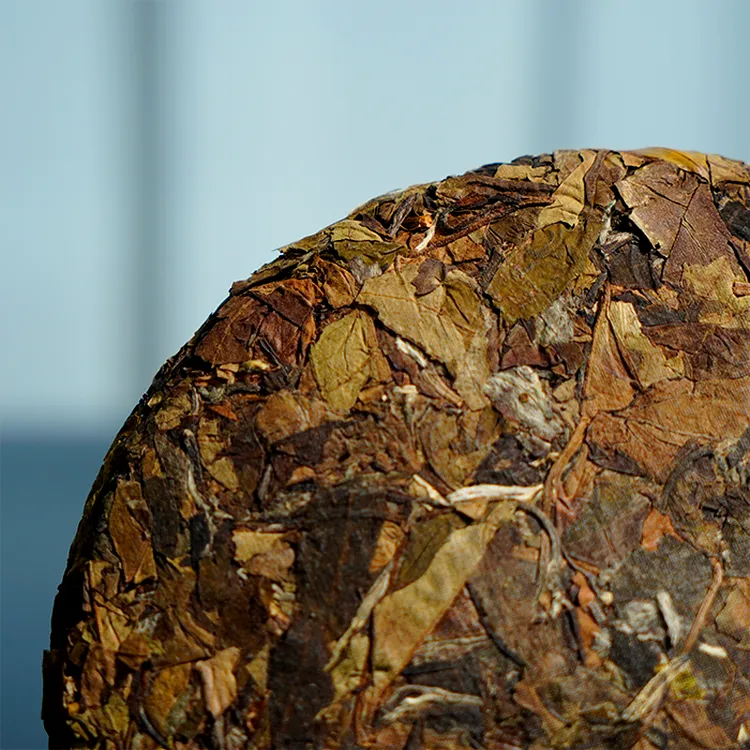
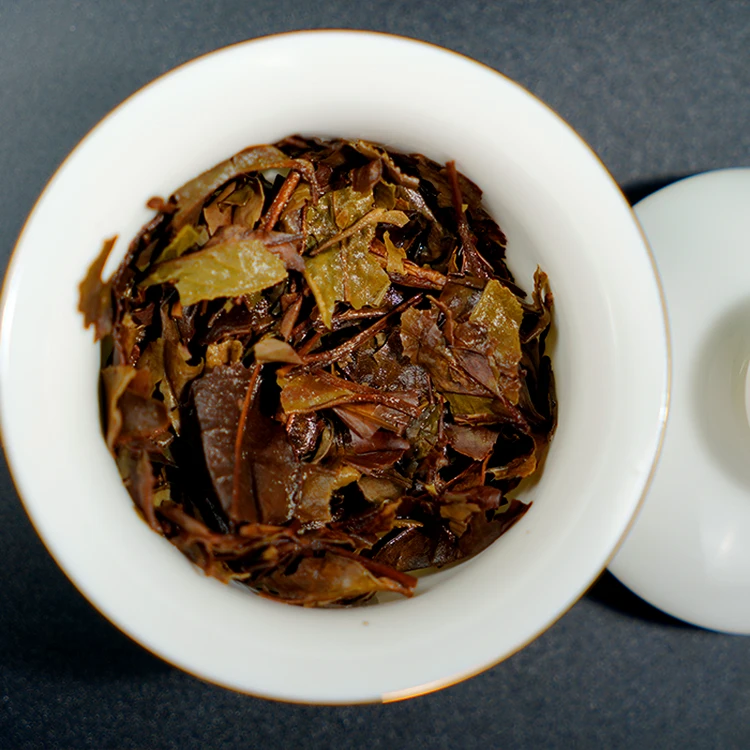
Shoumei White Tea is made from one bud with three or four leaves and often contains visible stems. Don’t mistake stems for a sign of poor quality; these stems are intentionally retained as a “source of flavor.” Stems are rich in tea polysaccharides and lignin, which make the liquor sweeter and thicker. High-quality Shoumei has intact leaves, balanced stems and leaves, and an even color. When brewed, it has a blend of floral and sweet aromas with a smooth, sweet taste. Aged Shoumei—after years of aging—even releases jujube and herbal notes when simmered, making it perfect for warming up in autumn and winter.
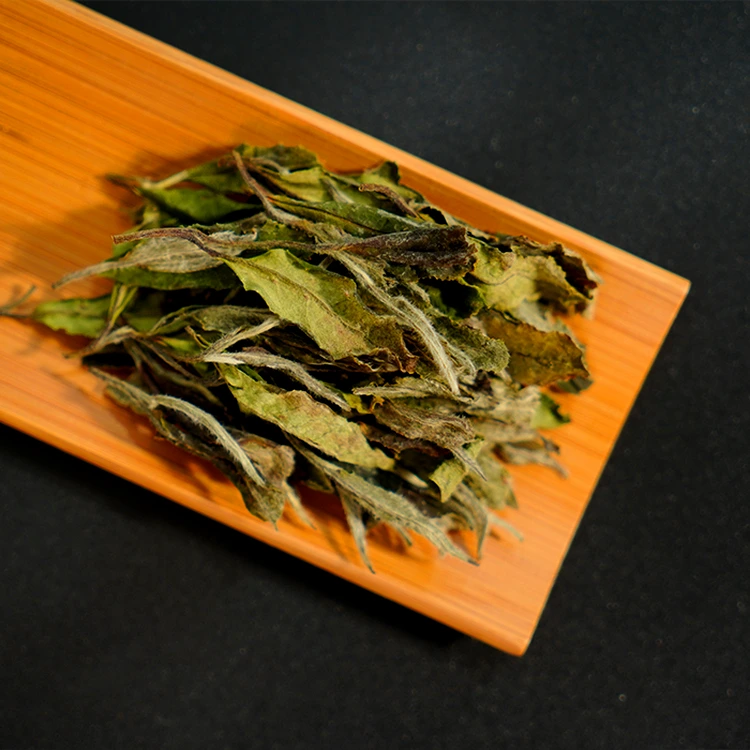
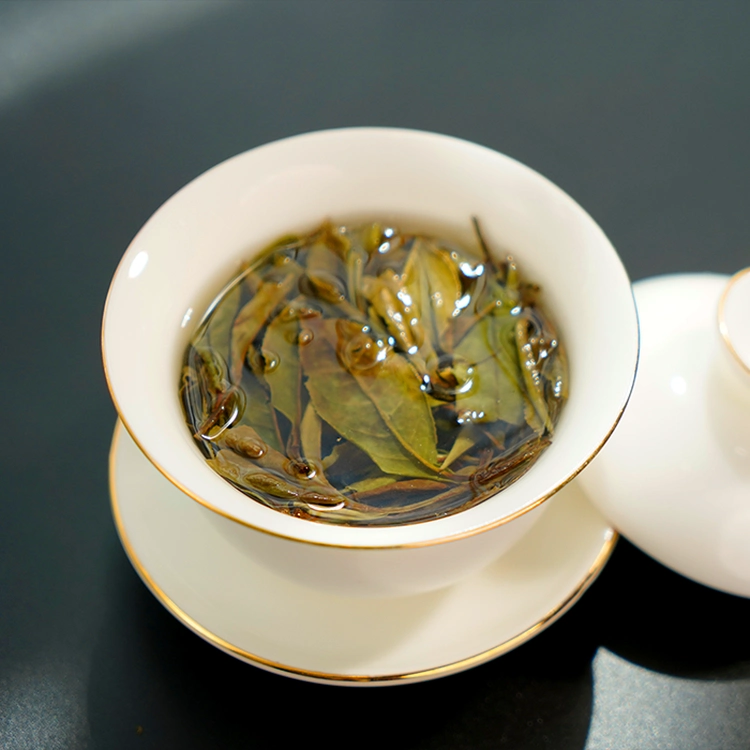
2. Universal Guide to Avoid Inferior White Tea: 3 Standards to Rule Out All Low-Quality Products
No matter which type of white tea you’re choosing, if it has any of the following issues, don’t buy it even if it’s cheap. These are clear signs of subpar quality.
When checking the appearance, good white tea has neat, uniform dry leaves with consistent color. Examples include silvery-bright Silver Needle, gray-green White Peony, and yellow-green Shoumei. There should be no excessive breakage, burnt red edges, or dull, uneven color. If the dry tea or brewed leaves are fragmented, it’s likely that the withering or drying process was poorly controlled during production.
When smelling the aroma, good white tea has a pure, clean scent with no off-notes. Fresh white tea has down or floral aromas, while aged white tea has aged or jujube aromas. If the aroma is weak, impure, or has musty smells or over-fermented notes, it means either the withering/drying process was excessive during production or the tea was damp during storage. Such tea not only tastes bad but may also spoil your drinking experience.
Tasting the flavor is the final check. Good white tea is either fresh and sweet—such as Silver Needle or fresh White Peony—or mellow and rich—such as aged Gongmei or aged Shoumei. If the liquor feels rough, bitter, or as thin as plain water, it indicates poor raw materials or improper processing; these are clear signs of inferior white tea.
3. Summary: The Core of Good White Tea Lies in “Proper, Pure, Smooth”
Choosing good white tea doesn’t require complicated skills. Just remember three words: “Proper, Pure, Smooth.”
- “Proper” appearance means the tea is neat and consistent, matching the characteristics of its category.
- “Pure” aroma means there are no musty or over-fermented off-notes.
- “Smooth” taste means the tea is not bitter or thin, but either fresh and sweet or mellow and rich.
Drinking white tea in autumn and winter is all about warmth and comfort. Next time you choose white tea, first check the category-specific features, then verify with the three standards—appearance, aroma, taste. This way, you’ll easily find high-quality white tea that “improves with age” and enjoy a pleasant, healthy drinking experience.

